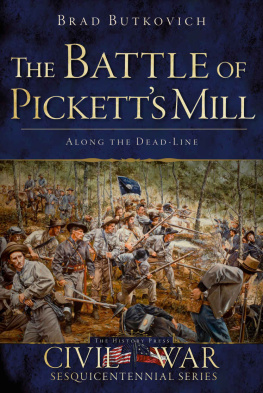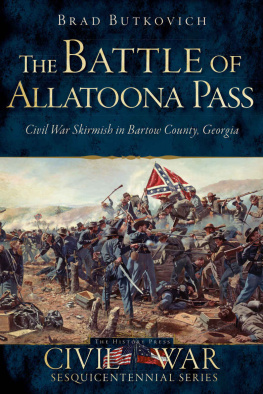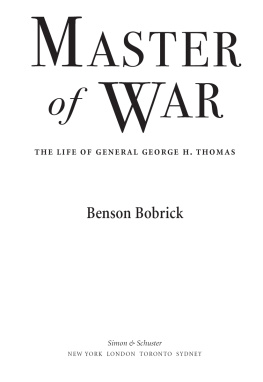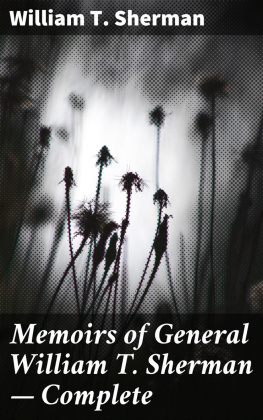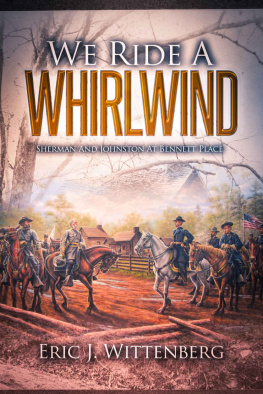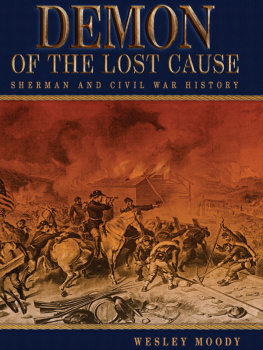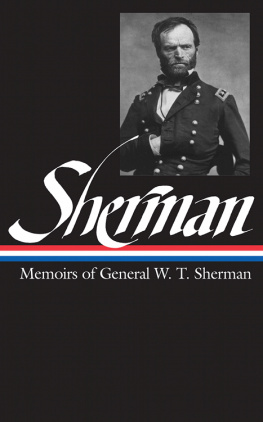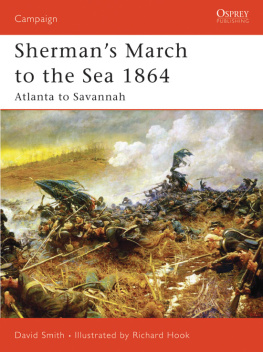
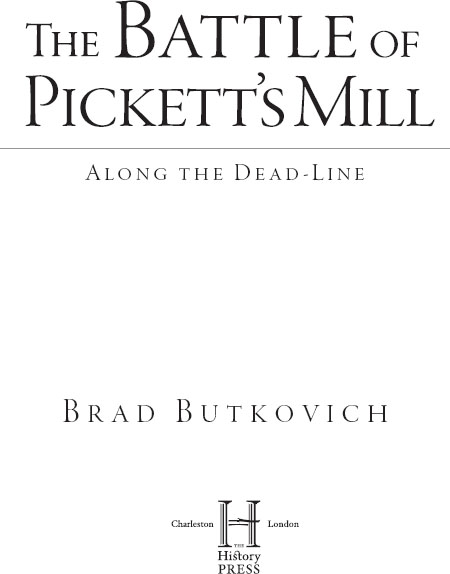
Published by The History Press
Charleston, SC 29403
www.historypress.net
Copyright 2013 by Brad Butkovich
All rights reserved
Cover: The Battle of Picketts Mill. Painting by Rick Reeves.
First published 2013
e-book edition 2013
Manufactured in the United States
ISBN 978.1.62584.498.9
Library of Congress CIP data applied for.
print edition ISBN 978.1.62619.042.9
Notice: The information in this book is true and complete to the best of our knowledge. It is offered without guarantee on the part of the author or The History Press. The author and The History Press disclaim all liability in connection with the use of this book.
All rights reserved. No part of this book may be reproduced or transmitted in any form whatsoever without prior written permission from the publisher except in the case of brief quotations embodied in critical articles and reviews.
To my wife, Holley, without whom I never would have come this far.
Contents
Preface
This is an account of the Battle of Picketts Mill, which was fought during the Atlanta Campaign of 1864 on May 27 along the New Hope Church Line in Paulding County, Georgia. Fought in heavy underbrush and difficult terrain, this engagement was short but fierce and left an indelible impression on many of the participants. The battle temporarily halted the Unions attempt to turn the right flank of the Confederate Army of Tennessee. Afterward, the fighting would concentrate around the town of Dallas for a few days at the western end of the line. Only then would the Union armies again try to move east in force.
However, they did not fight in the ravines and ridges along Picketts Mill Creek in a vacuum. The day before the battle saw the Union divisions struggle to get into position to attack the end of the Confederate line only to discover that it extended far to the east. These maneuvers strongly influenced the decisions made by those in the high command of the Union army, namely General William T. Sherman. The morning and early afternoon on the day of the battle was filled with sharp skirmishing, mistakes and struggling to march thousands of men through the impossible terrain of rural Georgia while keeping some semblance of order. Previous histories of the battles along the Dallas line have simplified the movements of these two days. I have chosen to chronicle them in depth in order to give a better understanding to why the battle ended up being fought where it was.
Like most Civil War battles, Picketts Mill generated its share of controversies. First and foremost remains General Oliver O. Howards decision to send his brigades in to attack one at a time. Why he did so and what other options could he have exercised are examined in detail. I also look into other questions, such as why General Nathaniel C. McLean failed to support the right flank of the attack and why Colonel Benjamin F. Scribners brigade had such a difficult time defeating the dismounted cavalry to his front.
In the grand scheme of the war, the battle was fairly small. However, the two sides fought in a relatively compact area, and the forces engaged at any one time were only a fraction of those present, particularly for the Union army. What the battle lacked in men it more than made up for in intensity. General William B. Hazen, whose men led the initial attack, called the battle the most fierce, bloody, and persistent assault by our troops in the Atlanta campaign. Such a small, intense battle deserves a narrative from the ground up. Accounts from the participants themselves, privates to generals, form the heart of the story. I examine the movements of the units involved at all levels, sometimes down to the skirmish lines and individual companies. The small size of the battle allows me to do this without dragging the account down into the minutiae of the fight and losing sight of the big picture.
In many ways, the units themselves are as much a living, breathing entity as the soldiers. The regiments, brigades and divisions each had a proud history and lineage, many stretching back to the beginning of the war. Casualties, hard marching and expired enlistments forced the consolidations of many of these organizations, and each developed its own sense of pride and esprit de corps among its members. Therefore, given the small size of the engagement, I decided to go into a little more detail of the history of the brigades and divisions that fought the battle, as well as their commanders. A detailed history of each regiment is still beyond the scope of this book, but I mention highlights in the text where it enhances the flow of the narrative.
As human beings, our understanding of history occurs on many levels. We process information from the text that we read, as well as visually through pictures. I believe that it is absolutely essential to provide a visual anchor to the narrative through the use of detailed maps and pictures of the battlefield. I have filled the book with maps of the movements of the armies the day before the battle, as well as detailed maps of the fight itself. As yet, no one has published a history of the battle in such detail.
Above all, I want to bring to life the story of the men who fought and died for their beliefs in the hot and humid North Georgia wilderness that afternoon. Battles are not just symbols on a map, and we should not view them as such. Men of flesh and blood, with their own desires, strengths and weaknesses struggled that day to fulfill what they thought was their duty to God, country and their fellow soldiers. The men in the ranks, limited in their understanding of what was happening around them by their sense of sight and sound, soon found themselves called upon to test the limits of their endurance. They relied on their officers to make the right decisions and lead them to victory. Some of these leaders, such as General Patrick R. Cleburne, rose to the occasion. His preparations before the battle and skillful direction during it ensured a Union defeat. Others like General McLean would fail miserably, and he found himself relieved of command several days after the battle.
Acknowledgements
This book is my first effort at writing a Civil War history. As such, I owe thanks to a number of people who have helped me along the way. It has been an incredible journey, and I wouldnt have been able to make it without the generosity and kindness of others.
First I would like to thank Scott Mingus Sr., a friend and Civil War author who specializes in the Gettysburg Campaign and actions around York, Pennsylvania. I contacted Scott asking if he had any advice for a first-time author. Not only did he provide several well-informed suggestions, but he also graciously offered to copyedit my manuscript. In addition, Scott offered to provide any cover or interior text I thought would be useful. He set a model for charity that I hope to emulate should a future author seek my help.
I would not have been able to write about the battle if it had not been for the support and help of James Wooten, the interpretive ranger at Picketts Mill Historic Site. Over the three years of research and writing it took to complete the manuscript, James provided unlimited access to the park, including many areas not normally open to the public. This access was indispensible in re-creating the road network and terrain of the area as it existed during the battle. In addition, he opened up the library at the visitors center and allowed me to search through the extensive collection, which is fairly complete considering the small size of the battle. He read over the finished manuscript and provided additional insights that he thought were key components of the campaign. Most importantly, we spent hours in conversation during which he continually challenged me to support my conclusions, which did much to lead to the extensive footnoting at the end of the book.
Next page
